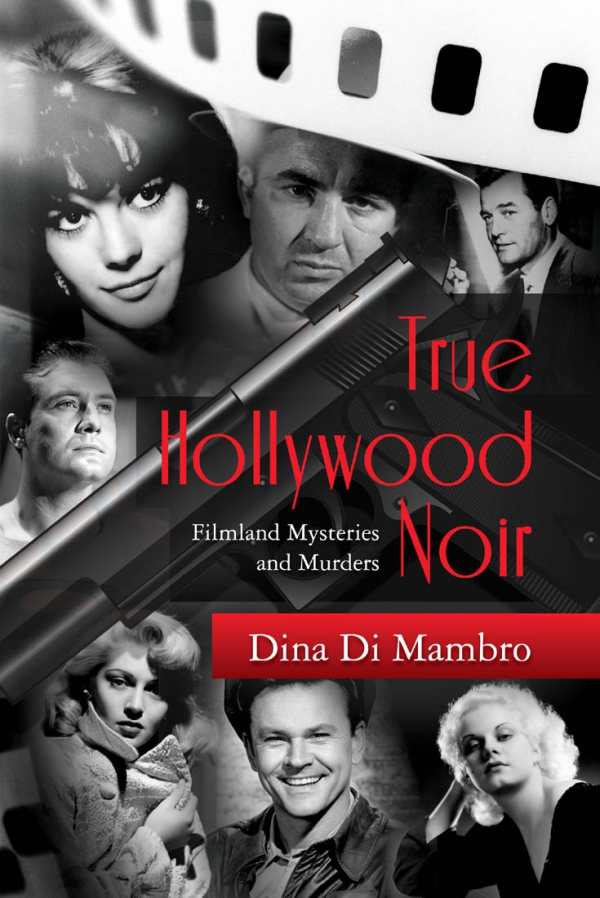True Hollywood Noir
Filmland Mysteries and Murders
Hollywood wouldn’t be Hollywood without deep, dark secrets, and True Hollywood Noir proves there are many more than most people think.
Movie and television buffs are sure to devour Dina Di Mambro’s True Hollywood Noir: Filmland Mysteries and Murders. Di Mambro deeply examines Tinseltown’s most enduring secrets in a way that makes the book almost impossible to put down.
Each of the twelve chapters in True Hollywood Noir is a case study of an incident that has rocked the industry to its core. In some instances, Di Mambro even reopens an event that was long thought closed and offers new insights into what may have happened. Of course, most everyone is familiar with Natalie Wood’s 1981 drowning and the grisly 1959 death of TV Superman George Reeves, but the 1922 murder of William Desmond Taylor that remains unsolved to this day (even with a less-than-reliable deathbed confession) and the murder/suicide (or so it seems) of Gig Young and his wife are less familiar. Most fascinating are the other stars who are woven throughout the pages and have surprising places in the incidents, from Charlie Chaplin to Bewitched star Elizabeth Montgomery to Ol’ Blue Eyes himself, Frank Sinatra.
With the exception of the final chapter on Mickey Cohen, which drags on, Di Mambro’s chapters are wisely short, to the point, and well outlined. She begins with backgrounds of the major players and then goes into the mysteries themselves and possible explanations and suspects. Some chapters also include interviews with family members, friends, and confidants. Key photos are sprinkled throughout, including some gruesome crime scene pictures of Johnny Stompanato and Thelma Todd, so be warned. It’s fascinating to see old photos of mob crime bosses with their families and attending normal events like weddings.
The back cover synopsis is unfortunately difficult to read, since half of it is much darker than the other half. However, the cover features black-and-white images of figures in the book, leaving no doubt about Di Mambro’s theme of film noir. For those unfamiliar with that term, she also provides a thorough explanation and examples like Double Indemnity in her short introduction. After the last chapter, she includes a bibliography of additional books, periodicals, television shows, films, and websites for more information on the events.
Hollywood wouldn’t be Hollywood without deep, dark secrets, and True Hollywood Noir proves there are many more than most people think. Some mysteries will probably never be solved, but Di Mambro puts all the facts out there and lets film and TV aficionados draw their own conclusions.
Reviewed by
Kelly Thunstrom
Disclosure: This article is not an endorsement, but a review. The publisher of this book provided free copies of the book and paid a small fee to have their book reviewed by a professional reviewer. Foreword Reviews and Clarion Reviews make no guarantee that the publisher will receive a positive review. Foreword Magazine, Inc. is disclosing this in accordance with the Federal Trade Commission’s 16 CFR, Part 255.

